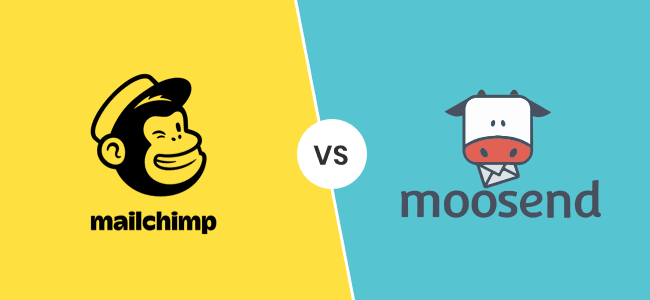The Best Practices For Ensuring Email Marketing Strategy Success

Written By Jason Rowse - Digital Marketing Expert Updated: 09/06/2021 |
It’s true that email offers the highest ROI. Therefore, it’s not surprising to learn that 50% of the planet is already using it, as reported by 99 Firms. Moreover, the average worker receives a minimum of 121 emails every day. Unless your campaign includes something special or unique, subscribers won’t stay with you for long.
Read on to learn the six most important steps for creating an email marketing strategy.
Create A Plan
To build a strategy that works specifically for your business, it’s important to start with a solid plan. Here’s what you can do:
- Describe your target audience: Figure out the geographical location, demographics, psychographics, and behavioral traits of potential customers
- Figure out the source of sign-ups: Finding out how users signed up to your email content marketing will help you better appeal to them
- Segmenting your contact list: Divide types of buyers into groups based on their characteristics. This will help you create relevant content for them
- Determine the tone: From formal to informal and overly casual, there are many ways to converse with your subscribers. Whichever tone you decide, remember to stay consistent with it
- Fix the messaging frequency: Instead of mimicking the others, figure out the best mailing frequency for your audience
Design The Email Keeping Your Customers In Mind
Research shows graphic cues can help users remember your content.
Focusing on the color theme, font, layout, pictures, and formatting will help you resonate with readers. You must also take note of mobile optimization if most of your readers access the message via mobile devices.
Another way to improve the design of e-messages is by organizing the content to drive results. For example, placing important information above the fold gets more attention from users. Alternatively, format the message with subtitles and bullet points to create scannable content. For maximum control, code your own email.
Test Multiple Email Variations Before Finalizing
A/B testing or split testing is a feature that helps you compare the results of two versions of the same content so that you can pick the best. Such a feature can be used for testing the subject line, from-address, dynamic content email, CTA button, and so on.
Split testing improves the success of your campaigns while also saving time and money. Moreover, lacking this feature will restrict the potential of your campaigns.
Here’s how to split-test your messages for maximum success:
- Run several tests via varied ISPs and clients to reduce the formatting variances that occur when the email provider is different
- Get feedback from colleagues, friends, and family about the overall score of your content by inviting them to join you
- Compare and contrast multiple versions by tweaking the tone, design, and so forth before settling on one
Be Consistent And Time Your Emails
There’s no such thing as the perfect time to send emails. However, there are ways to help determine the most optimal times to send messages based on your specific audience.
Here are a few tips to help get you started:
- Day of the week: In the past, Tuesday was the best day to send messages. However, Thursday is now the current winner
- Time of the day: Instead of 10 AM, send your messages at 8 AM to 9 AM
- Track your data: Before making any hard-and-fast-rule, it’s important to find out what the results say
- Create a schedule: Build and set up campaigns at least a month in advance to prevent missing the rhythm
- Quality over quantity: Instead of churning out endless messages day-after-day, build interesting and more engaging messages
Segment Your Recipient List
Email segmentation is the act of dividing your contacts based on different traits such as their physical location, age, income, job, and so forth. Campaign Monitor reported that segmented messages increase your revenue by 760%. It also gives you options to personalize your messages with ease.
Essentially, segmentation is an important tool for customizing e-message content. For example, if you run a jewelry store, you can segment customers by the category of jewelry that they enjoy. This will then help you create custom campaigns based on their interest-points.
You can obtain the details you need for segmentation via a signup form, welcome message, or purchase history of the user.
Measure The Success Of Your Campaigns
Without checking the stats generated by campaigns, it’s impossible to determine what may make or break your campaign.
Here are six terms to always take note of:
- Open rate: This is the percentage of subscribers who open your message. It translates to a good subject line and a reputable from-address
- Click-through-rate: A high CTR means the content within the mail fits with the target audience and vice versa
- Conversions: Keep a track of users who click on the link shared within your campaign
- Unsubscribes: This is the total amount of people who’ve opted out of your list. If this is high, it means you need to clean up your list
- Bounce rate: Tracking the bounce rate will help you understand if your content was helpful at all
- Others: From sales to website traffic, there are many more ways to check the success rate of your e-messages
Bottom Line
A good strategy starts with a concrete email marketing plan. You must then design the message with a focus on the customer and test versions of it via split-testing. Sticking to a specific time based on your contacts and scheduling content in advance will help you stay consistent.
Additionally, remember to segment your list and keep a track of metrics like open-rate, CTR, and conversions.




